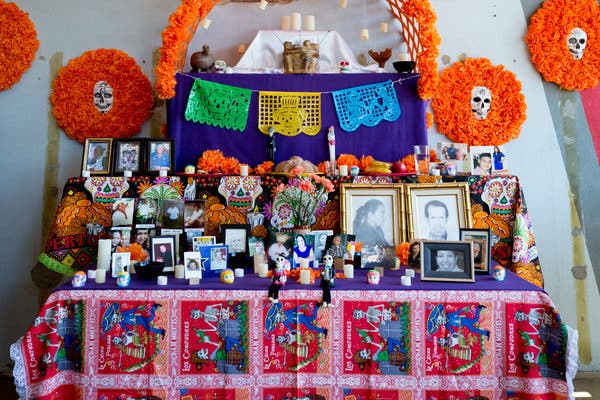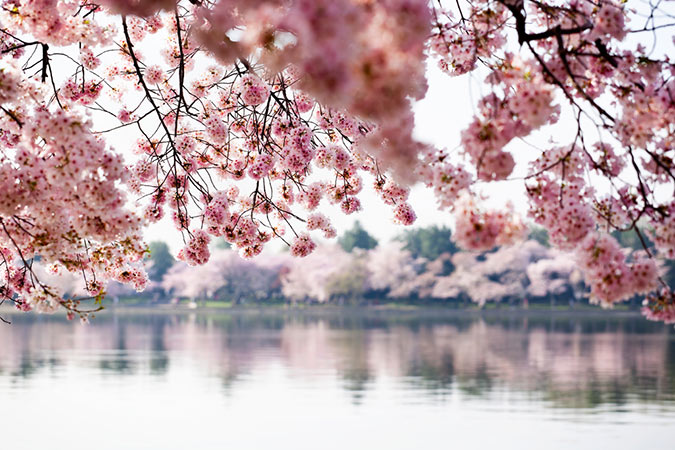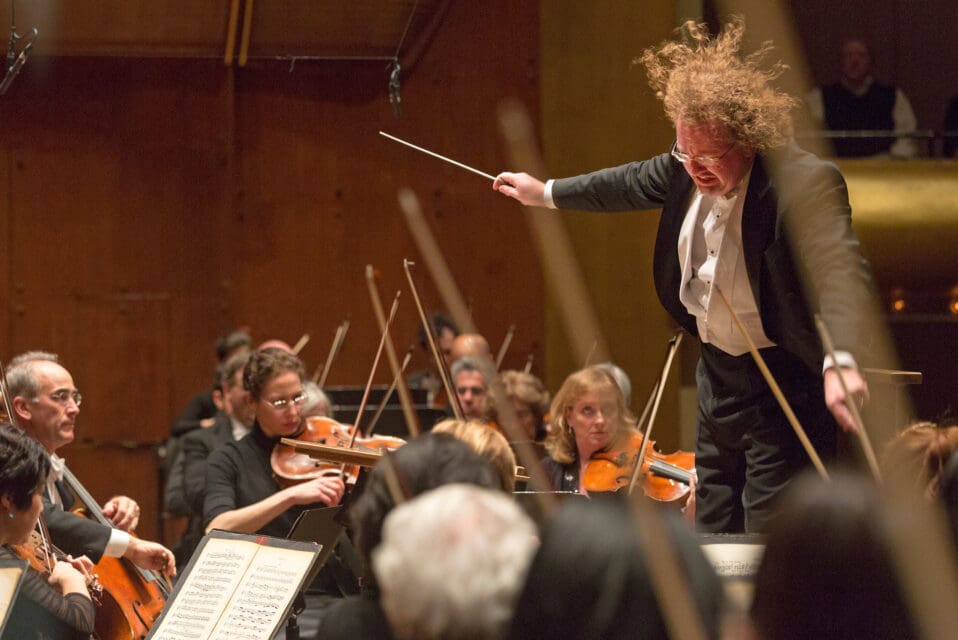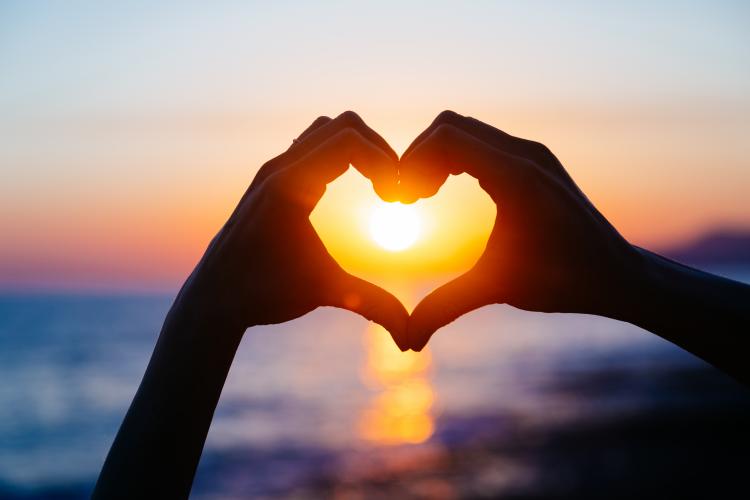
The Day of the Dead (Día de Muertos) is a Mexican tradition celebrated in Mexico and in parts of the USA where there is a high present of people of Mexican heritage. This holiday involves family and friends getting together to celebrate, pray for and remember those who have died, helping them in their spiritual journey. During this holiday death is seen as a natural part of the human cycle, not as something that brings sadness, but an opportunity to reconnect with those who have moved on to a new cycle. Traditions associated with this celebration include building colorful altars called ofrendas, honoring the deceased using skulls (calaveras), family pictures, and the favorite food and beverages of the departed.
For celebrants, the Day of the Dead injects happiness, vivid colors, dancing, and togetherness to communicate a message to the departed: “We remember you, and we will always honor the beauty of your life”. Visitors also leave objects that used to belong to the deceased at the graves. It’s also an opportunity to take down the barrier between life and death, to welcome departed souls back into heart of the family and community. UNESCO added Día de los Muertos to its Intangible Cultural Heritage Lists. International recognition of the true nature of the celebration skyrocketed in 2017, with the release of the Disney`s film, Coco.
The celebration and activities of the Day of the Dead are not all the same, they can varying from town to town, and from country to country where this tradition has been adopted due to the migration of Mexican nationals, some of the countries where this tradition is celebrated include: Belize, Bolivia, Peru, Brazil, Guatemala, Ecuador, some places in Europe, Indonesia and the United States where in many communities with Mexican residents, Day of the Dead celebrations are very similar to those held in Mexico. These events combine elements of traditional Day of the Dead celebrations with some local content depending on the city or the state.
Some cemeteries allow people to have a celebration on their grounds, encourage them to decorate the site, provide food, drinks and music and make sure that people can live this experience in a happy and respectful way. Some of the most common traditions include people wearing calavera masks, getting together with friends and family to share stories of the departed and putting up small altars (ofrendas) by the grave. It’s a beautiful way of honoring the deceased that allow us to celebrate the love ones that have passed away beyond just this one day.



